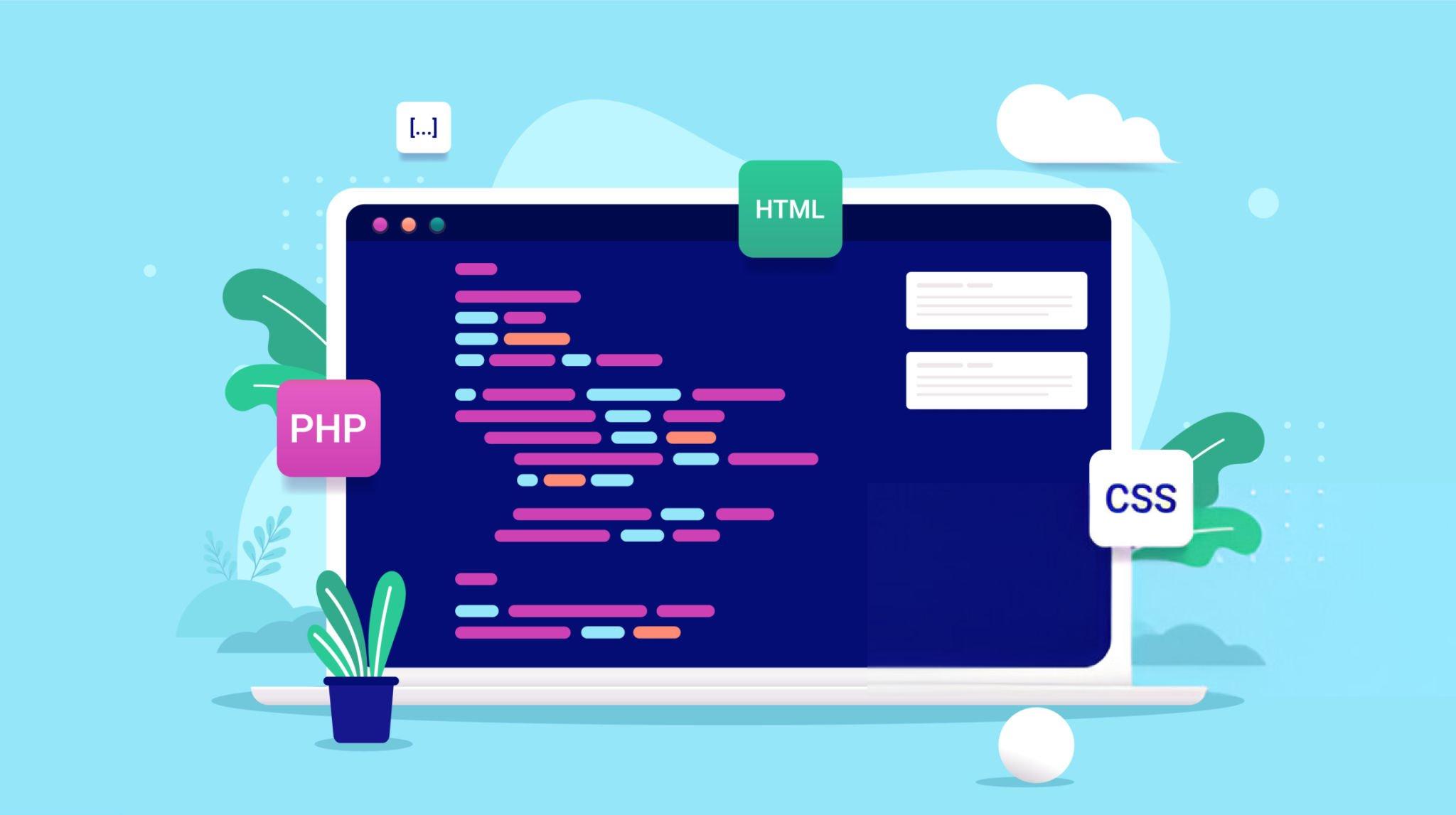Best Known Website Development Hacks and Tricks to Boost Your Site's Performance




Creating a website is always fun, however, nurturing it and making it unique, faster and user friendly needs some strategic thinking and planning. When it comes to web development, it is not unusual for the designers or developers working on the sites to feel overwhelmed from time to time due to the fast pace of the switch in web development trends. Nonetheless, with the right website development hacks, one can be in a position to make improvements on the site, improve on website performance and make sure people keep coming for more on the site. Let’s look at the most readily incorporated web development tricks and website optimization tips that may help to get the best from your online platform.
Speed matters—a lot! A slow-loading site can increase the bounce rates, although user engagement is also going down. Here’s what you can do:
Compress Images and Videos: While good image and video qualities are even more appealing when working with different digital content, they negatively affect the loading process
Minify CSS, JavaScript, and HTML: If you decrease the file size of such elements, you will manage to increase the loading speed dramatically. There are tools, such as CSSNano, to minimise resource sizes and to remove unnecessary code by using UglifyJS.
Use a Content Delivery Network (CDN): CDNs replicate your content across numerous servers throughout the world and, consequently, provide quicker access to the information and less strain on users in different geographical regions.
Lazy loading is a marvellous trick for website development that helps a lot in response time when we are working on content intensive websites that contain large images, videos or animations. When implemented, a website only loads part of the page at a time as the user scrolls through, rather than loading all of the page at once, and the latter would be a faster process. It is possible to implement lazy loading effortlessly because the majority of the most recent global site frameworks, such as React or Vue, have standard integration for such an approach.
An expert website development company in India or elsewhere can offer insights and expertise to help ensure your site functions well across all devices. Here are some advanced website development tips to make your site shine on smaller screens:
Responsive Design: Responsive design makes it possible for you to make a site that is friendly to be viewed and navigated on devices ranging from the larger PCs to the tablets and smartphones.
Clickable Buttons: Specifically, for users accessing Websites with the help of a mobile device, the buttons are significantly larger and therefore are easier to click. Ensure that the space between different navigational features is right.
Test Across Devices: To check responsiveness you can install some extensions or utilise services such as Google’s Mobile-Friendly Test or BrowserStack. Testing makes sure that all the users whether they are using a laptop, PC or a mobile are presented with the same browsing experience.
Easy or complex website navigation determines the success of your site as far as usability is concerned. To achieve this:
Limit Menu Options: With increased options, users become confused. They are given too many options to choose from. Main navigation should contain few links and it should include only the most relevant categories or pages.
Use a ‘Sticky’ Menu: A sticky menu which remains fixed in place as the user scrolls has been seen to be helpful, especially when applied to lengthy pages. This will make it easy for the users to switch from one part of the page to another or go down without having to move up.
Breadcrumb Navigation: Breadcrumbs are a simple web development technique that I would like to draw more attention to so users can have a better understanding of the site hierarchy.
Caching is one of the most powerful web development secrets. When users visit your site, caching temporarily stores their data. Here’s how to make the most of caching:
Browser Caching: Set up browser caching so that repeat visitors can load your site faster by retrieving files directly from their device rather than your server.
Database Caching: For database-heavy sites, like eCommerce platforms, caching queries can speed up data retrieval. Tools like Redis and Memcached are popular options for database caching.
Cache-Control Headers: Use cache-control headers to define how long certain files should be cached. This can dramatically reduce server load and improve load times.
Security should always be top of mind. A secure site builds user trust and protects sensitive information. Implementing security-focused website development hacks can reduce vulnerabilities:
Use HTTPS: Securing your site with HTTPS encrypts data between the user and your site. Google also favours HTTPS sites, giving them a slight SEO boost.
Regular Updates: Always keep your plugins, themes, and core CMS updated to the latest versions. Developers frequently release updates to patch security vulnerabilities.
Add Two-Factor Authentication: For sites requiring login, two-factor authentication (2FA) adds an extra layer of security, making it harder for hackers to gain unauthorised access.
SEO is more than keywords: it’s about creating a smooth, optimised experience for both users and search engines. Here are some web development best practices for SEO:
Structured Data Markup: Structured data markup (like schema) helps search engines understand your content, increasing the chance of your site appearing in rich snippets.
Optimise Meta Tags: Meta descriptions, alt tags for images, and header tags play a key role in SEO. Make sure these elements are optimised and relevant to your content.
User-Friendly URLs: URLs should be simple and descriptive, indicating the page’s content. A clean URL structure improves SEO and usability.
Web development is not a one time activity. After launching the website you have to monitor it and watch its performance and consumers’ activities. The most common techniques are in the usage of Google Analytics and the application of Hotjar for collecting metrics’ data. Keep on testing various parameters such as page load times, conversion rates and the bounce rates and redesign them at your convenience. Regular checking will help you to always be in a position where you avoid major problems and also to get the best outcome you have to always change your strategies.
The dynamics of the web change constantly, and the client needs to be on top of these developments as far as web design is concerned. It is now a necessity that traditional technologies such as progressive web apps, AI chatbots, and voice search optimization are becoming commonplace in website development. Not only do these tools increase the functionality and speed of a site but also they also can help you reach out to users on a whole new level.
These tips, if profoundly implemented on your websites, will greatly enhance the speed, navigation and search engine optimization of your brands’ sites. From using fewer colours to speed up page load time, to making websites accessible on mobile devices, and improving website security, it takes you a step closer to achieving an optimised website. Try some of these tricks as you develop it, and soon your site will soon blossom into an effective tool for a user-friendly, attractive site that will effectively deliver the traffic and results that you desire.